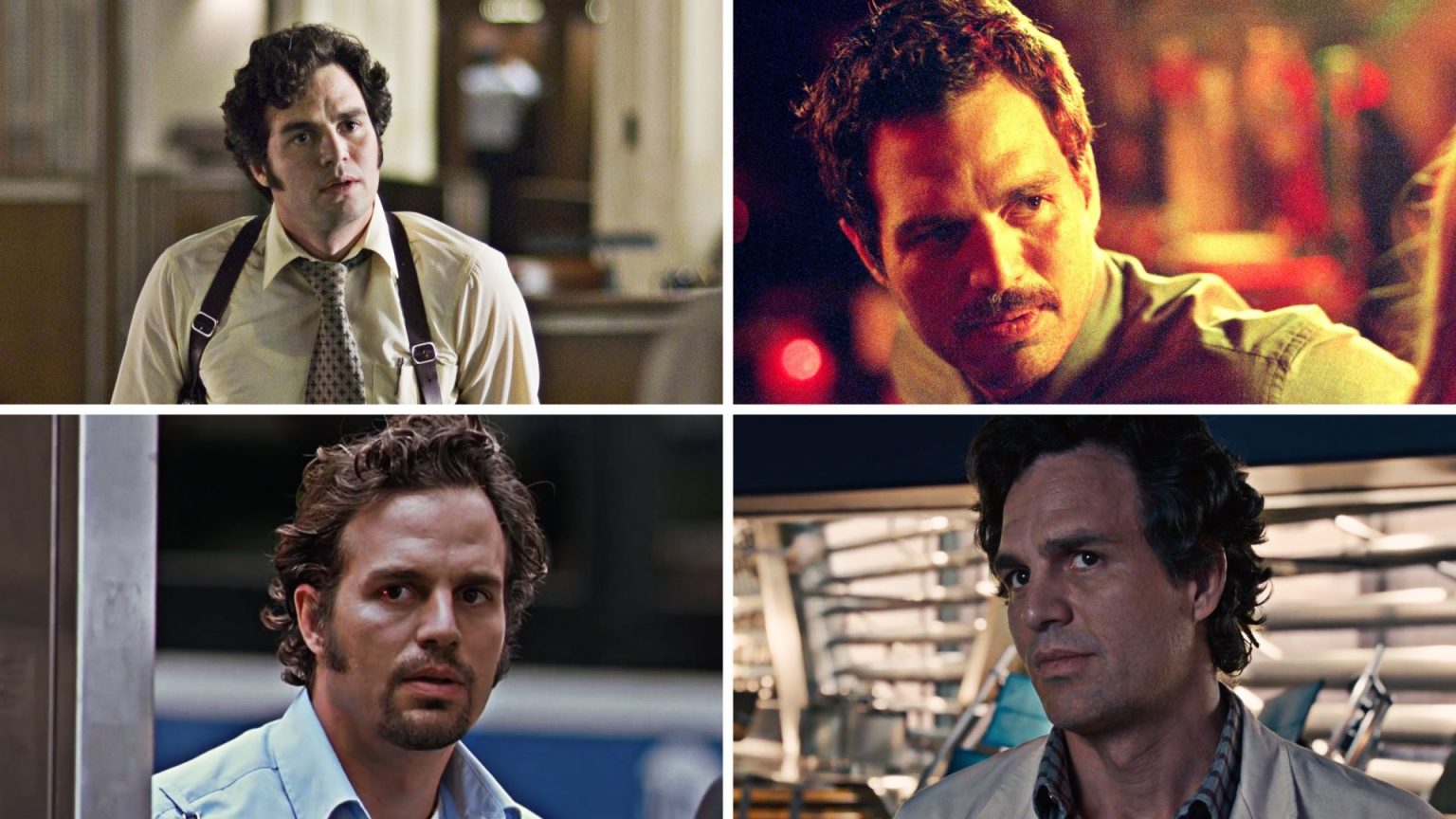Thanos may have swept in to steal the Hulk’s role as the “daddy” of the Avengers franchise, but those of us with discerning taste still stan the green legend. This affection goes far deeper than the World Breaker in purple pants, but the inherent sexiness of the man behind the computer-generated green mask, Mark Ruffalo, or who we like to call Hollywood’s greatest stealth sex symbol.
Mark Ruffalo is hot by objective Western standards of facial symmetry and base-line athleticism, but so are most men we see on-screen. He’s not a Vogue model and has yet to be named Sexiest Man Alive. But it’s his scruff ordinariness that is the defining factor in his appeal. Even as the Hulk, a raging scientific abomination, the heart of his appeal doesn’t come in his emerald muscles but in his more human moments, as the reserved and timid Bruce Banner.
Even the Disney overlords seem to be aware that even stacked against the God-like Adonis of perfectly sculpted men like Chris Hemsworth’s Thor, Ruffalo is the most appealing male sex icon the franchise has to offer. While characters like Thor and Iron Man do have romantic subplots, they are largely chaste and removed from any substantial sexual chemistry. They are often presented as opportunities to work out narrative twists that leave their characters without support structures, rather than a meaningful engagement with sex and desire.
This makes sense given the Marvel franchise is geared towards children. Relationships are not defined by the intangibles of sexual attraction because that opens up a realm of human interpersonal relationships far too nuanced and complex for your average eight-year-old. (While we do, indeed, love some Marvel films, the reality remains that these films are intended for the broadest, youngest audience possible.) The sole exception is the courtship between Bruce Banner and Black Widow. Existing in the peripheries of the unspoken, both characters bond because they don’t quite fit in with the Avengers team — but they are never able to fully consummate their relationship within the strict confines of PG filmmaking.
The Avengers is only the tip of the iceberg when it comes to Ruffalo’s sex potential. He did full-frontal nudity as the mysterious and dangerous cop in Into the Cut, Jane Campion’s 2003 dreamy erotic thriller. Campion, who has also cast actors like John Malkovich and Harvey Keitel as sex objects, has an innate understanding that a male executive’s idea of sex appeal often has little reference to the reality of what most women (or gay men) find sexy. Ruffalo is twitchy, insistent, and mustached in In the Cut and it is one of the sexiest performances committed to film. It’s not just his physical essence, but his gaze, which is a mirror to how women want to be seen. The power in Mark Ruffalo’s acting is rarely in what he says or how he says it, but how he commands his point of view.
In that film, as with most of his best roles, Ruffalo offers a nuanced and deconstructed view of traditional gender roles. There is nothing sexier than a man who can deconstruct hegemonic masculinity in the service of art. While embracing ordinariness and naturalism, Ruffalo seems aware of his role of both object and aggressor on-screen, and his performances toy with what traditional masculinity is.
Mark Ruffalo is maybe at his sexiest when he plays uncomfortable investigators in movies like Zodiac (detective) and Spotlight (journalist). First, he nails the literal physical discomfort of being someone entrusted in providing information and second, he embraces the fundamental earnestness of journalistic curiosity. Neither of these characters necessarily qualify for the “partner of the year” award. Both are kind of distanced (theoretically) boyfriends but Mark Ruffalo perfectly captures the kind of self-effacing destructive attractiveness of that “type” with aplomb and confidence. He’s the kind of weird but super hot distant workaholic that women like me try to fix. He knows exactly what he’s doing.
Then there is bus driver Mark Ruffalo from Margaret. He is the platonic ideal of a blue-collar flirtatious bus driver with a cowboy hat. Ruffalo’s mesmerizing hotness in this film has the bewitching quality of sirens hanging on the rocks, but instead, he’s the captain of a 30,000-pound ship in downtown Manhattan. While things get a tiny bit complicated as he causes a really traumatic accident, it only amplifies his talents (and that of the character he plays) ability to manipulate the people, in particular, the women, around him with his sex appeal.
Yes, it is the darkest timeline to opine about a movie centered on a negligible homicide caused by Mark Ruffalo in a cowboy hat, but it is also a role that fundamentally explores how as an actor he explores and uses vulnerability to his advantage. Played out on the big screen, an implied intimacy is what connects us to our favorite stars and the best way of doing this comes in understatedness and small gestures. In Margaret, in particular, this almost takes on apocalyptic resonance as his character is revealed to be a deeply flawed man who uses his charm to garner attention from women to feed his narcissism.
Mark Ruffalo is hot, it’s undeniable and he is also a great actor. As a screen presence, he seems to innately capture the vulnerability and boyishness that most women find irresistible. Yet, in the service of great art, he rarely uses his talents for evil — preferring to engage his sex appeal to create nuanced and complex men that challenge preconceived notions of masculinity on-screen.




